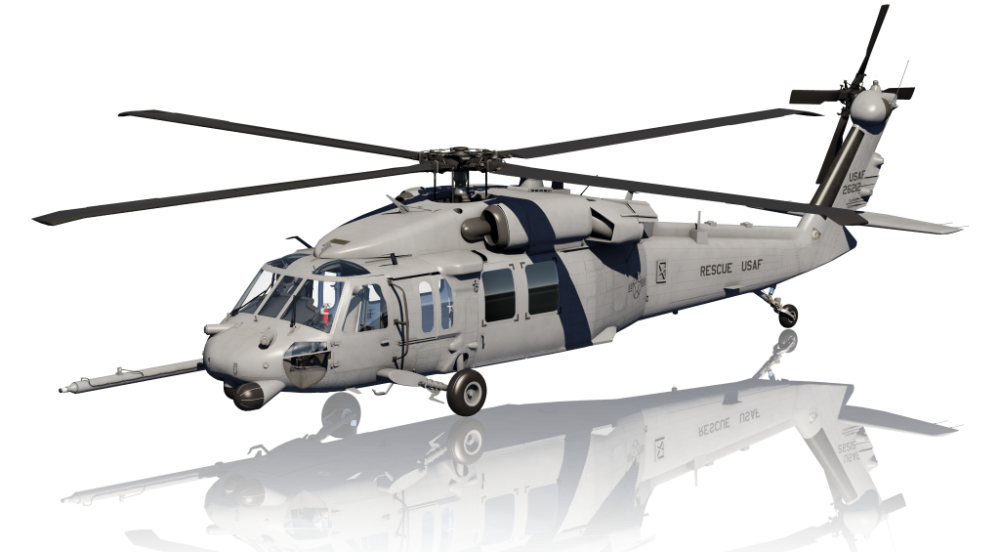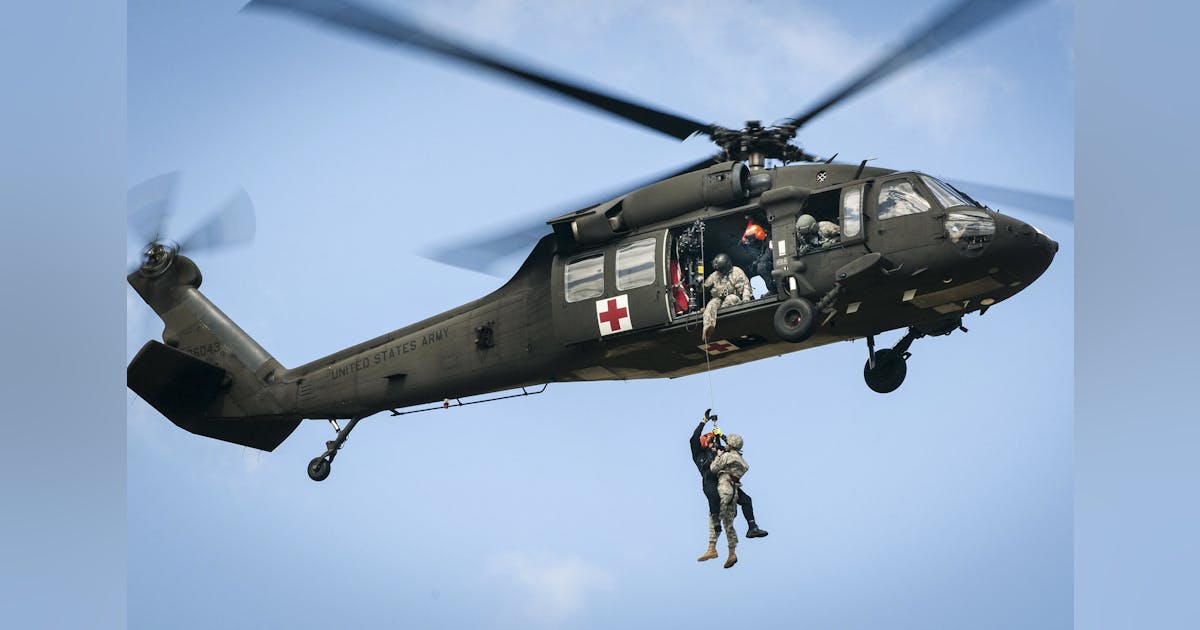Exploring the Innovative Innovation Behind Airplane Style and Engineering
The field of aircraft style and design is witnessing a transformative change driven by cutting-edge technologies that enhance efficiency, sustainability, and performance. Advanced materials such as carbon fiber compounds and titanium alloys are establishing brand-new standards, while wind resistant technologies and expert system are simplifying procedures and boosting end results. As the market comes to grips with the difficulties of environmental obligation, advancements in sustainable aviation modern technologies guarantee to reshape the future. Nonetheless, the implications of these innovations prolong beyond performance metrics; they might redefine the actual nature of air traveling. What might this imply for the market all at once?
Advanced Materials in Airplane Layout
Exactly how can the integration of innovative materials change aircraft layout? The incorporation of sophisticated products, such as carbon fiber composites, titanium alloys, and advanced porcelains, plays a crucial role in improving airplane performance and performance.
Additionally, innovative products display improved resistance to rust and tiredness, resulting in lower maintenance prices and extensive service life. The use of titanium in vital elements helps withstand severe temperature levels and stresses, while carbon fiber compounds give flexibility in style and production processes. This flexibility enables even more wind resistant shapes, adding to remarkable efficiency characteristics.
Furthermore, the assimilation of smart materials, which can transform properties in action to external stimuli, opens new avenues for adaptive systems in airplane style. uh 60. These developments promise not only to improve security and operational effectiveness however additionally to add to sustainability efforts by decreasing environmental influence with decreased exhausts. In recap, progressed products are redefining the landscape of airplane design, leading the way for a lot more reliable, durable, and eco pleasant aviation solutions
Wind Resistant Developments for Performance
Aerodynamic advancements play an essential function in enhancing airplane efficiency, considerably influencing gas intake and general efficiency. Advances in airfoil layout, such as the intro of supercritical wings, allow for maximized lift-to-drag ratios, lowering drag at transonic rates. These advancements allow aircraft to preserve greater rates with lower gas expenditure, straight affecting operational costs and ecological sustainability.
In addition, the integration of winglets has confirmed effective in reducing vortex-induced drag at the pointers of wings, further enhancing fuel effectiveness - uh 60. This style modification causes a decrease in wake disturbance, adding to enhanced wind resistant performance throughout cruise ship conditions

Furthermore, computational fluid dynamics (CFD) devices have actually reinvented the screening and improvement of wind resistant shapes, permitting precise simulations of air flow around aircraft (uh 60). This allows designers to innovate continuously, making certain that modern-day aircraft not just fulfill governing standards yet additionally press the borders of performance in air travel

Duty of Computer System Simulations
Computer system simulations have become a vital device in the field of airplane style, enabling engineers to perform comprehensive evaluations and optimizations of various style facets. These simulations enable the virtual screening of wind resistant residential read here or commercial properties, architectural honesty, and efficiency metrics long prior to physical prototypes are constructed. By employing computational liquid dynamics (CFD) and finite aspect evaluation (FEA), designers can predict how air streams around the airplane and just how various products will react to stress and anxiety and stress.
In addition, computer simulations promote the exploration of a wide variety of variables and situations, increasing the style procedure and lowering costs related to physical screening. This ability not only improves the accuracy of forecasts relating to aircraft actions yet likewise supplies insights into prospective style enhancements that may not be instantly evident through standard techniques.

In addition, simulations assist make certain compliance with strict safety and security regulations by enabling designers to identify and correct prospective concerns early in the layout phase. The integration of simulation innovations right into the airplane design process underscores the considerable improvements in design techniques, ultimately adding to the development of much safer, much more efficient, and eco-friendly aircraft.
Expert System in Design
Expert system (AI) is reinventing the engineering landscape, particularly in airplane layout, by optimizing and improving decision-making go processes style workflows. With artificial intelligence formulas, AI can evaluate substantial datasets, discovering patterns and insights that inform design choices and improve overall effectiveness.
AI applications in aircraft design consist of generative layout, where algorithms create numerous design alternatives based on specified specifications, permitting engineers to examine a more comprehensive series of opportunities. This not just accelerates the style stage yet additionally makes certain that the end products fulfill stringent performance and safety and security standards.
Moreover, AI-driven predictive analytics assist in upkeep scheduling by evaluating historic data and forecasting potential failures. This positive technique lowers downtime and enhances aircraft reliability.
Additionally, AI help in simulation and modeling, making it possible for designers to examine designs under different conditions without the demand for physical models. This ability shortens development timelines and minimizes costs related to traditional screening approaches.
Lasting Air Travel Technologies
The response exists in the fostering of sustainable aeronautics innovations that focus on effectiveness and reduce carbon discharges. Innovations such as lasting air travel fuels (SAFs), which are acquired from sustainable resources, have actually emerged as a critical element in achieving lower lifecycle emissions.
Additionally, innovations in airplane design, such as the growth of lighter materials and more aerodynamically effective forms, add to boosted fuel effectiveness. Electric and hybrid propulsion systems are also getting traction, supplying a pathway to minimize dependence on nonrenewable fuel sources and minimize greenhouse gas emissions.
The integration of these innovations is sustained by regulatory frameworks and sector collaborations intended at establishing ambitious sustainability targets. Additionally, electronic devices like information analytics and expert system can maximize trip operations, even more boosting fuel effectiveness. By welcoming sustainable practices and innovations, the aeronautics sector can not just satisfy the growing need for flight yet likewise play a pivotal function in attending to environment change, guaranteeing a more sustainable future for air transportation.
Final Thought
The merging of innovative products, wind resistant innovations, and browse around this web-site advanced innovations notes a substantial advancement in airplane layout and design. The assimilation of carbon fiber compounds, titanium alloys, and AI-driven procedures not just boosts efficiency and efficiency yet likewise simplifies operations and predictive maintenance. The recurring growth of lasting aeronautics technologies underscores a commitment to environmental responsibility, paving the means for a greener future in aviation. This constant advancement will certainly shape the industry's trajectory for years to come.

Computer simulations have actually come to be a vital tool in the field of airplane layout, enabling engineers to perform in-depth evaluations and optimizations of numerous design elements.The merging of innovative products, aerodynamic technologies, and innovative innovations notes a significant development in airplane style and design.